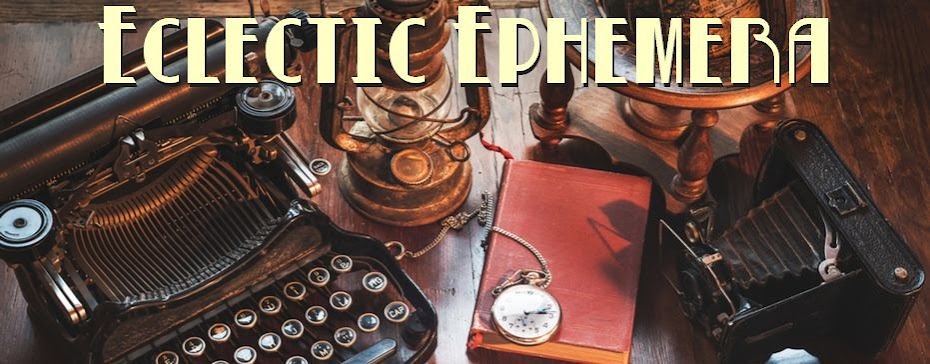 Prince Charles: wear 'vintage'
Prince Charles: wear 'vintage'
I always find time for His Royal Highness the Prince of Wales, particularly when he gives such sage advice as this.
Who better an advocate of elegant and stylish dress - clothing from the past to boot - than the future King? Much of what he says in this article (an abridged version of which can be found
here) and elsewhere on the subject makes excellent sense and His Highness is to be applauded for championing such a worthwhile cause. I find myself agreeing with everything he says.
I love trawling second hand shops (or "thrift stores" as I believe our American cousins charmingly describe them) on the lookout for vintage clothing because not only do I prefer the fashions of an earlier period but I appreciate the craftsmanship and, as the Prince of Wales hints at, the enjoyment of giving new life to an old garment and the satisfaction of knowing it is saved for another generation. When I have to buy new clothes I always check the label to see what material(s) go to make up the fabric and wherever possible I eschew man-made fibres such as polyester (shudder). Some people seem to think this is a kind of sartorial snobbery but not only is there an environmental angle to choosing natural over synthetic, but by and large the former just
looks better. I baulk at the idea of going out in shiny, plasticky, cheaply-made poor quality clothes that disintegrate after a couple of years when there is a wealth of second-hand items of vastly superior style and manufacture just waiting to be snapped up if one knows where to look.

If more people thought like this we might even see an improvement in the current standard of dress with, as the article mentions, modern designers already seizing on the growing passion for vintage style and creating new twists on classic designs. We could be on the verge of seeing a better-dressed, more environmentally- and sartorially aware society (oh, how I wish!).
So at the risk of preaching to the converted, if I read my audience right, go forth to your local second-hand emporium dear readers and scour the clothing racks - you never know what you might come across! Gentleman, I direct your attention to the likes of
Savvy Row and
Tweedmans; ladies, umm... womenswear is not really my area of expertise(!). A quick perusal of my blogroll should lead you to a few vintage-inclined ladies whose posts cover this sort of thing much more thoroughly and expertly than I could ever hope to.
Happy hunting, and here's to a well-dressed future with Prince Charles at its head!






